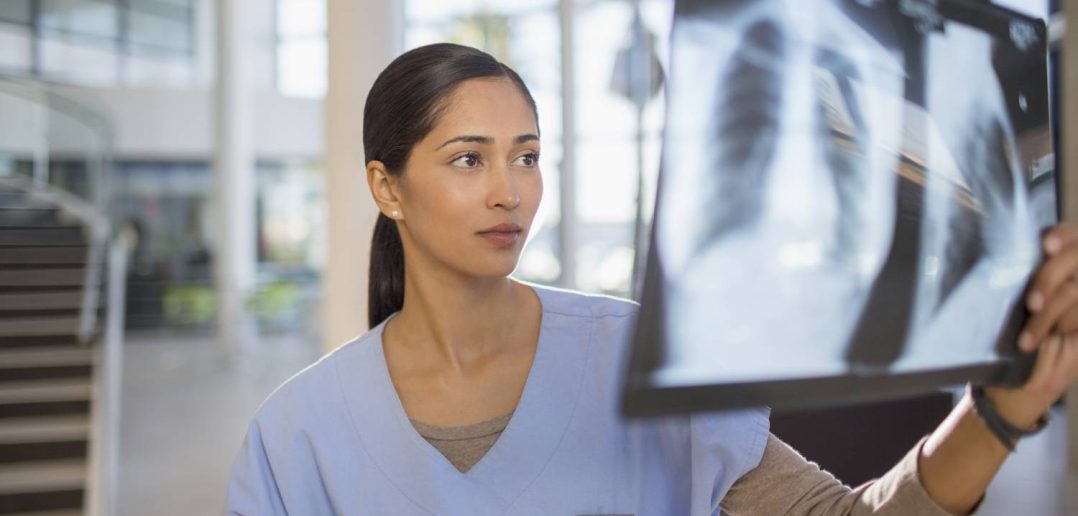Dake IT uses augmented intelligence to build models for disease identification to help radiologists analyze scanned images.
Medical imaging, such as x-rays and ultrasounds, is widely used across the medical community. From dentists and surgeons to oncologists, physicians everywhere rely on imaging to aid in diagnosing diseases, monitoring the spreading of cancer and letting parents catch a first glimpse of their baby. Of course, with all its uses, imaging produces vast amounts of data, and radiologists are the ones who see it. Radiologists have the enormous task of manually combing through thousands of images daily, with each patient having hundreds of cross-sectional image slices. The excessive workload put on these radiologists can cause fatigue and increases the risk of medical errors. Wouldn’t it be helpful to have a second opinion?
Early detection is crucial to better outcomes
Lung disease affects millions of people every year, whether asthma or much more harmful ways like lung cancer. Symptoms are difficult to detect in many lung diseases until the advanced stages. The lack of early detection can lead to significant damage that may be impossible to repair. Due to symptoms showing up late, screening is needed to detect any sign of disease at an early stage.
Machine learning modeling improves disease recognition
SAS Hackathon team, Dake IT, took on the challenge. They started by creating six machine-learning models that screen for early detection of lung disease. Each model identifies a single symptom present in the chest. Some symptoms include an enlarged right ventricle in the heart, the buildup of fluid in the lung and dilation of the alveoli (air sacs) at the ends of airways. The models the team built created a streamlined process that allowed them to increase the speed and accuracy of the machine-learning models.
A second set of ‘eyes’ for confirmation
The team implemented its solution by creating a website. On the site, radiologists can upload a picture of the patient’s x-ray. The models analyze potential problem areas throughout the lungs and show the specific issues it detects and what looks healthy. As more x-rays are uploaded, there will be more data for researchers. This tool gives doctors a “second opinion,” an unofficial confirmation of their diagnoses. It can help them determine whether they missed something or help confirm what they found.
Taking a deep breath
Dake IT hopes similar solutions can be used to detect other symptoms throughout the body. It suggests their models could also be an excellent way for students to learn about lung disease detection. With their tool, people can live healthier lives and spend more time with loved ones. Between experts' knowledge and machine learning's power, the likelihood of a healthy life for those with lung disease continues to grow.

